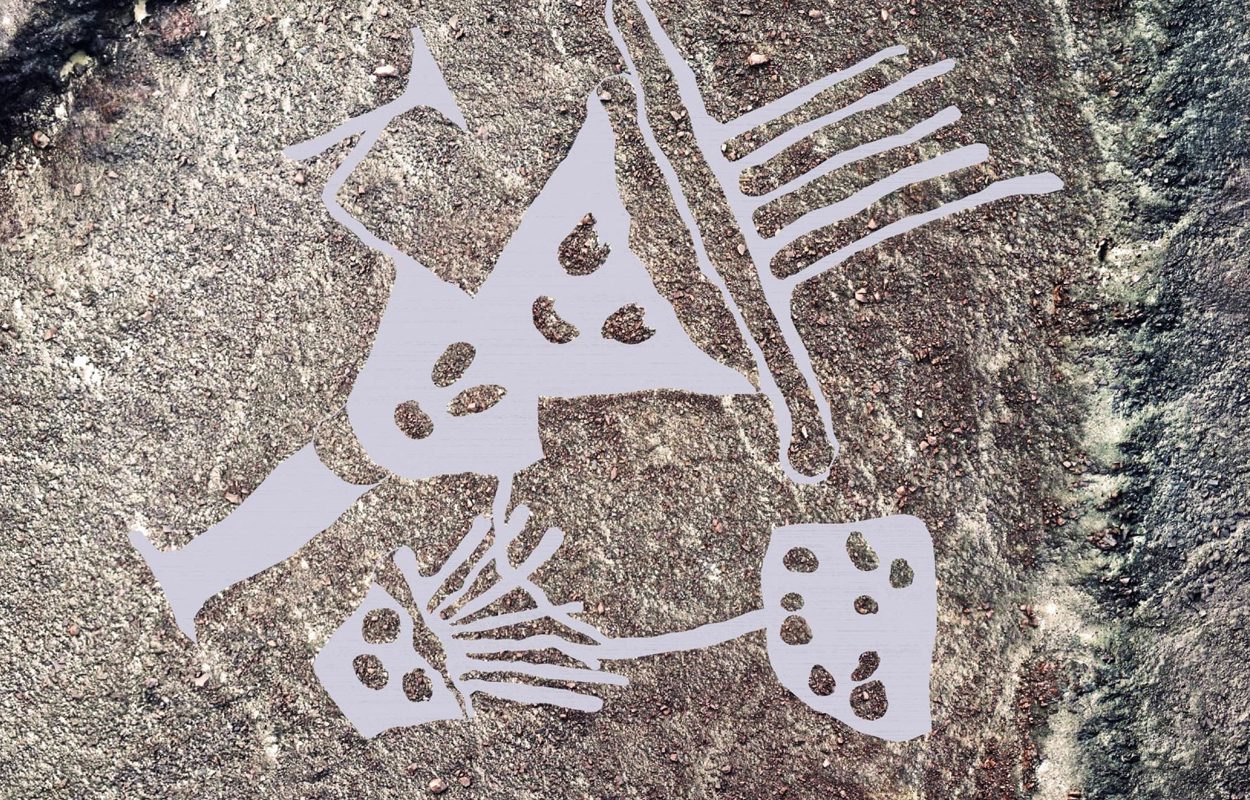A team of archaeologists from the San Luis Gonzaga National University of Ica (Unica) have discovered 29 geoglyphs in the Ica region of Southern Peru.
The discovery was made in the districts of El Ingenio and Changuillo, where the team identified 29 geoglyphs that depict feline and anthropomorphic figures.
According to the researchers, the geoglyphs date from between 300 BC to AD 100, corresponding with the late Paracas period and early Nasca period.
The Paracas was an Andean culture that merged around 800 BC. Many geoglyphs in the region have been associated with the Paracas, including the Palpa Geoglyphs in the area around the present-day town of Palpa, and the Paracas Candelabra found on the northern face of the Paracas Peninsula at Pisco Bay.
It is believed that the Paracas culture was the precursor to the Nasca culture that emerged around 100 BC. While many Nasca geoglyphs represent various living creatures, such as stylised hummingbirds, spiders, monkeys, fish, sharks, orcas, lizards, and plants etched onto the flat desert terrain, the Paracas Geoglyphs are comparatively more enigmatic. They feature motifs depictions reminiscent of Paracas petroglyphs, along with ambiguous human-like figures or warriors.
A recent study using drones in the Ica region has identified 10 geoglyphs in the El Ingenio District that feature feline figures measuring up to 17 metres long by 12 metres tall, while in the Changuillo District, the team found 8 geoglyphs depicting feline figures measuring up to 37 metres long by 13 metres tall.
The remainder of the geoglyphs identified show anthropomorphic figures, 10 of which were found in the El Ingenio District, while 1 anthropomorphic figure was found in the Changuillo District.
According to the researchers, the Paracas regarded felines as a water deity and linked them closely with concepts of fertility.
Header Image Credit : Genry Bautista





